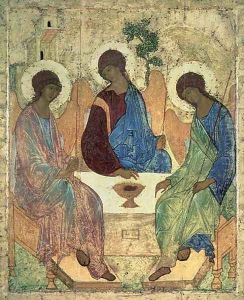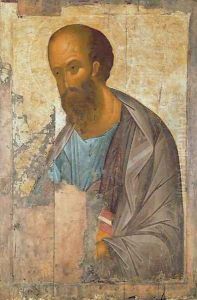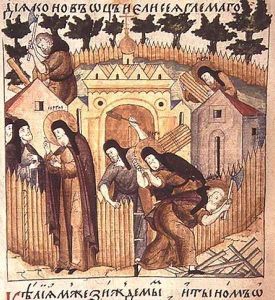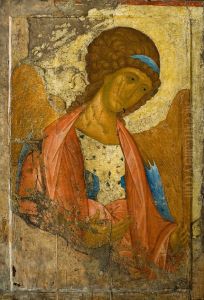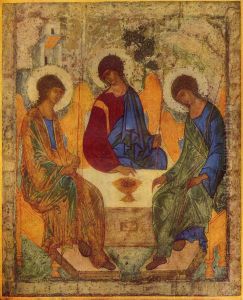Andrei Rublev Paintings
Andrei Rublev is considered one of the greatest medieval Russian painters of Orthodox icons and frescos. The exact year of his birth is not known, but it is estimated to be in the 1360s. There is also some uncertainty surrounding the year of his death, with some sources suggesting it was in 1427 and others proposing 1430. Rublev's life is largely undocumented, and much of what is known about him is derived from the historical and cultural context of his work and the few mentions in contemporary sources.
Rublev spent most of his life in the Monastery of the Holy Trinity and St. Sergius near Moscow, under the tutelage of Sergius of Radonezh, who was a spiritual leader and reformer of Russian monasticism. This environment played a significant role in the development of Rublev's artistic and religious life. His work was characterized by spiritual depth and a graceful harmony of elements, reflecting the serene and contemplative atmosphere encouraged by Sergius.
The most celebrated of Rublev's works is the icon of the Holy Trinity, also known as the 'Trinity' or the 'Hospitality of Abraham,' created in the early 15th century. This icon exemplifies the pinnacle of his artistry, displaying a unique blend of Byzantine influence with a distinctly Russian style and sensibility. Rublev's interpretation of the Holy Trinity, through the depiction of three angels who visited Abraham at the Oak of Mamre, is revered for its symbolism and theological depth.
Andrei Rublev's influence extended beyond his lifetime, shaping the development of Russian art. His approach to icon painting emphasized a harmonious, calm, and balanced composition, with softly modeled figures and a refined use of color. Although few of his works have survived to the present day, those that have are considered masterpieces of Eastern Orthodox religious art. Rublev was canonized a saint by the Russian Orthodox Church in 1988 for his contributions to Russian religious life and culture. The legacy of his artistic contributions continues to be celebrated, and his name is synonymous with the spiritual and artistic aspirations of Russia during his time.
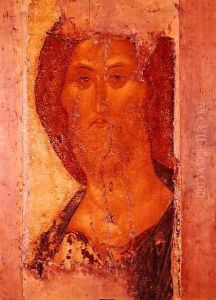
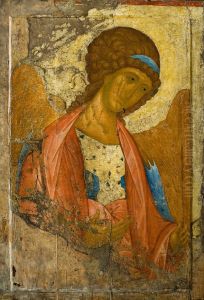 >">
>">